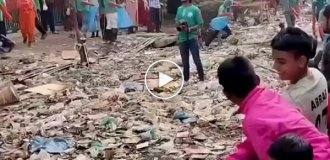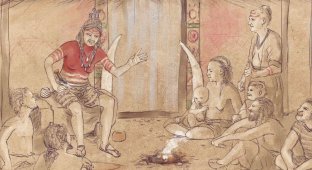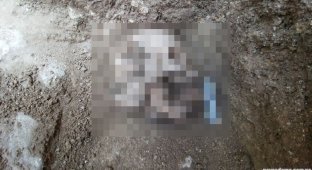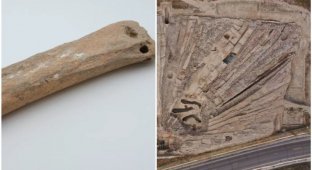Large ancient burial found in the Negev desert (3 photos)
In the heart of the Negev desert in southern Israel was found an ancient burial site containing at least 50 skeletons 2500 years. Perhaps these are the remains of women who became victims of trafficking people. 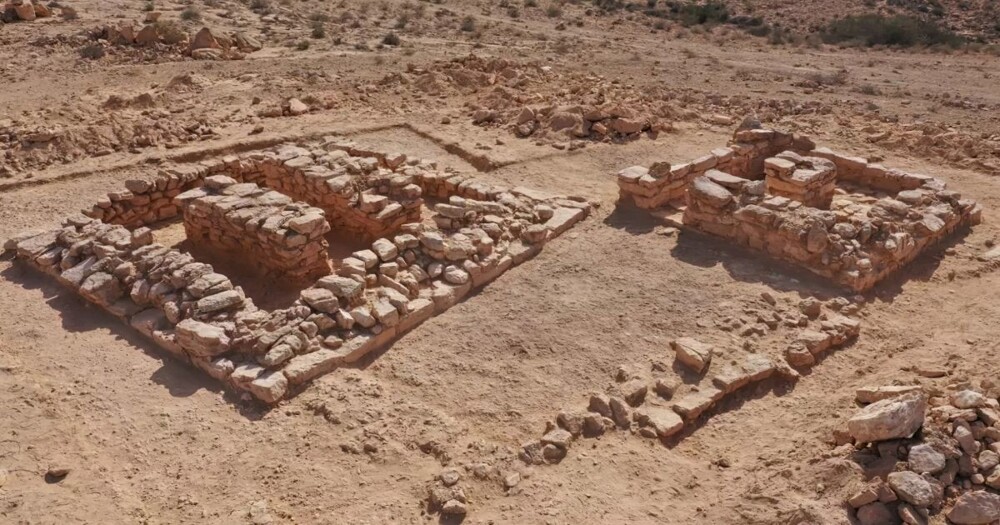
According to a study published June 9 in the journal Institute of Archeology, Tel Aviv University, archaeologists have discovered burial in 2021 during excavations preceding the laying of a new plumbing.
Unlike burial mounds of a rounded shape, usually found in the Negev desert, these ancient graves are square - 7x7 m and 4.5x4.5 m. Their location also deserves attention, researchers think.
“Tombs of this kind have not yet been found in the region, and they are not associated with any settlement,” says one of the authors research by Tali Erickson-Gini, archaeologist at the Antiquities Authority Israel. Another co-author of the study, Martin David Pasternak, Israel Antiquities Authority research archaeologist and doctoral student Ben-Gurion University of the Negev, was the main leader archaeological site at this site.
Burials are located at the crossroads of two important ancient routes leading from west to east, from Egypt to the Wadi Arabah (region the Negev, located south of the Dead Sea Basin), to the south of Jordan and to the Arabian Peninsula. 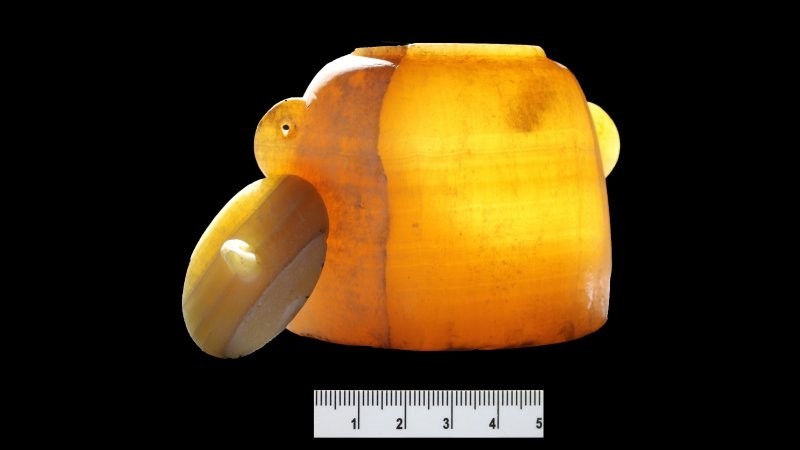
South Arabian incense vessel made of alabaster found in a tomb
Death and burial on ancient roads in the harsh desert, due to illness or abuse were not uncommon, the authors explain research. Perhaps these people were buried there because in ancient times, such intersections were considered places of "holiness", having ritual and religious significance.
Artifacts from different cultures of the southern the Levant (region around the eastern Mediterranean), southern Arabia and Egypt, which belong to the late Iron Age and early the Persian period of the Achaemenids (VII century BC - V century BC).
Some of these items suggest that human remains found in graves belong to adults women. However, according to the researchers, to confirm this further analysis is needed. For example, in the tombs were found copper and iron ornaments, ceramic vases and shells from Red seas, which the Egyptians sometimes used as talismans.
Archaeologists have also unearthed incense and alabaster tray - the region once flourished in the trade of myrrh and incense. According to the researchers, some of the incense vessels were deliberately broken, probably as part of a funeral ritual. 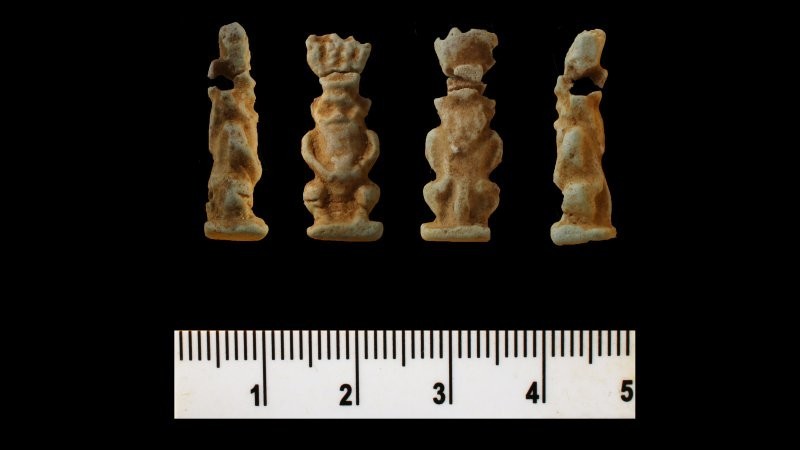
Amulets of Bes, the divine protector of women and children in Egyptian culture, also found in the tomb
Who might be buried there?
The authors of the study suggested that the found human the remains may belong to women bought in Gaza or Egypt and taken to Arabia to be sold as brides or "sacred" prostitutes who took part in the rituals. However, this is just an idea for which further evidence is needed. In favor This hypothesis is supported by ancient records, including those of the Menaean, found in Yemen. They documented the practice of trafficking in women for ritual prostitution in the region.
According to the Israeli news site Haaretz, the system tombs has been preserved and restored so that archaeologists can continue studying it.





